In Pictures: Spitalfields celebrates French impact
- Published
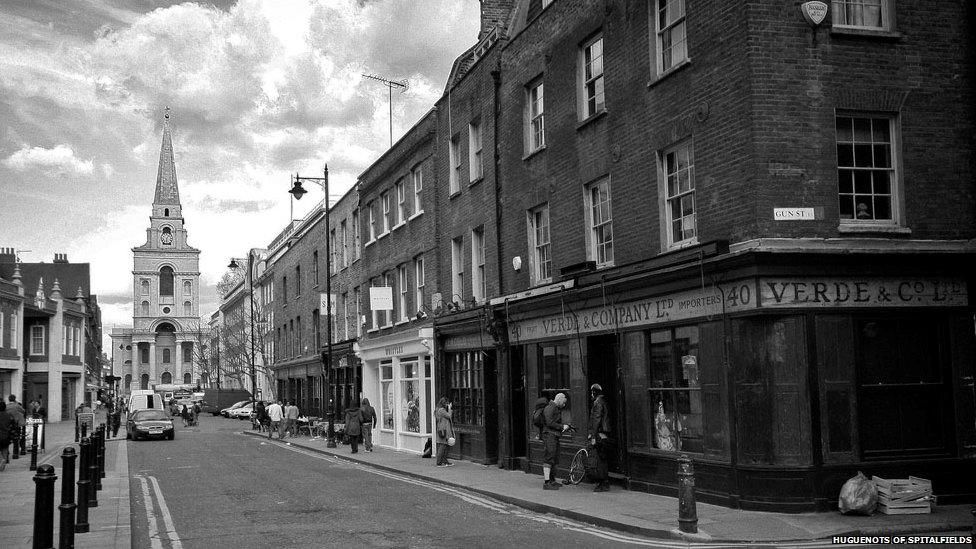
A festival is being held for the first time to celebrate the contribution of Huguenots escaping persecution in France to Spitalfields in east London.
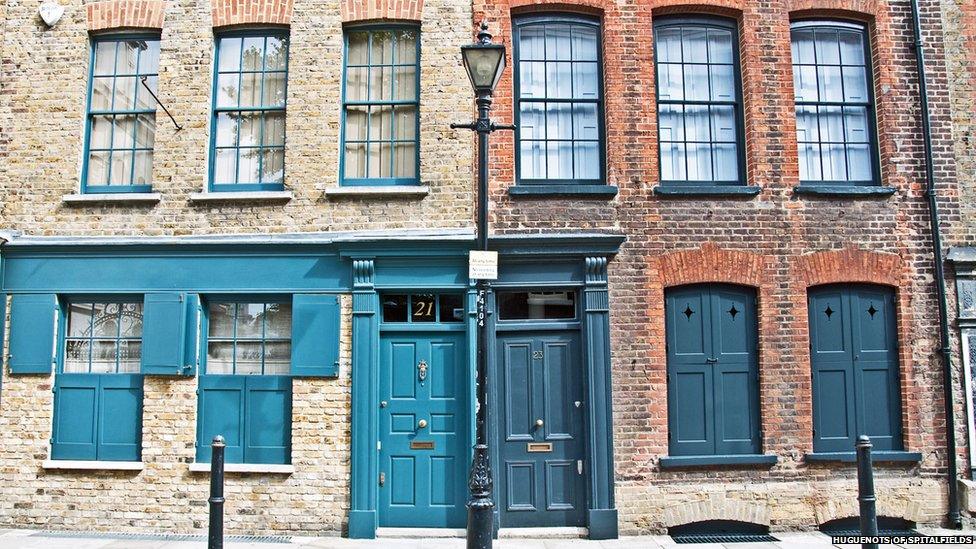
From 1670 to 1710, about 50,000 Protestants sought refuge in England from Catholic France. Historian Dr Robin Gwynn estimates 15-20,000 settled in Spitalfields. Weavers worked in distinctive houses like these in Fournier Street.

There was already a weaving industry but the French refugees boosted it because they were so great in number, educated and in some cases brought skills that no-one in England had, said Dr Gwynn. On Saturday, the public will have the chance to try weaving in Spitalfields Market.

Over time, the silk industry declined and the Huguenots moved out of the city. Ahead of the festival, Lucinda Douglas-Menzies, a Huguenot living in Spitalfields, went to Kent to photograph descendents of other French refugees. The French Hospital which opened in Bath Street, east London, in 1718 moved to Rochester in 1965.
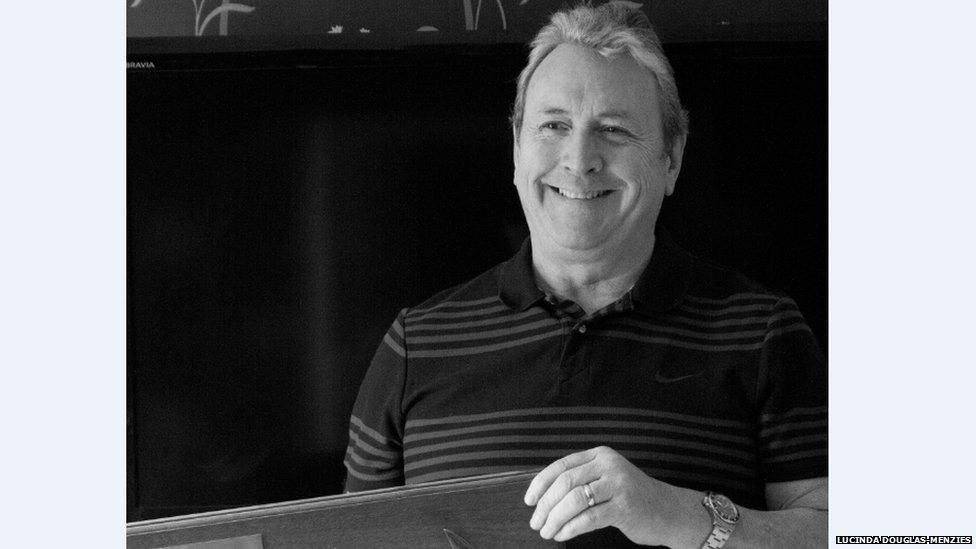
Michael Oblein's ancestor Noe Oblein arrived in London in 1753. He was a weaver and married at St Matthew’s Bethnal Green in 1774. Mr Oblein was a firefighter in Deptford for 13 years.
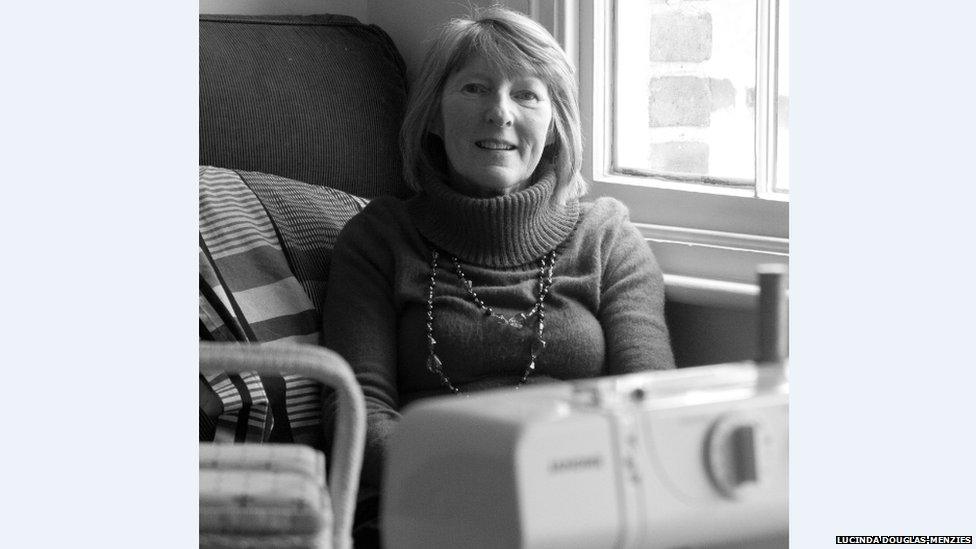
Jenny Turner, 69, can trace her ancestry to Peter Grimmo, a weaver, who in 1839 lived at 4 Fort Street in Old Artillery Ground, Spitalfields.
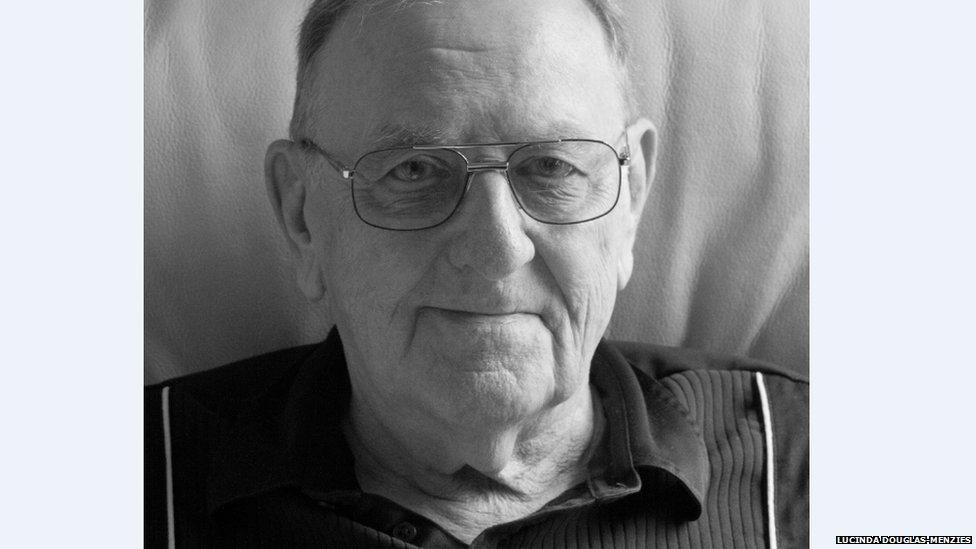
Nigel Marchment's Huguenot ancestor was Joseph Poitier who left Lot in southern France for Bethnal Green in 1749. If you are curious to know whether you have Huguenot heritage you can visit the Huguenot Society stand on Saturday and find out. The festival continues until 21 April.
- Published11 October 2012
- Published28 January 2011